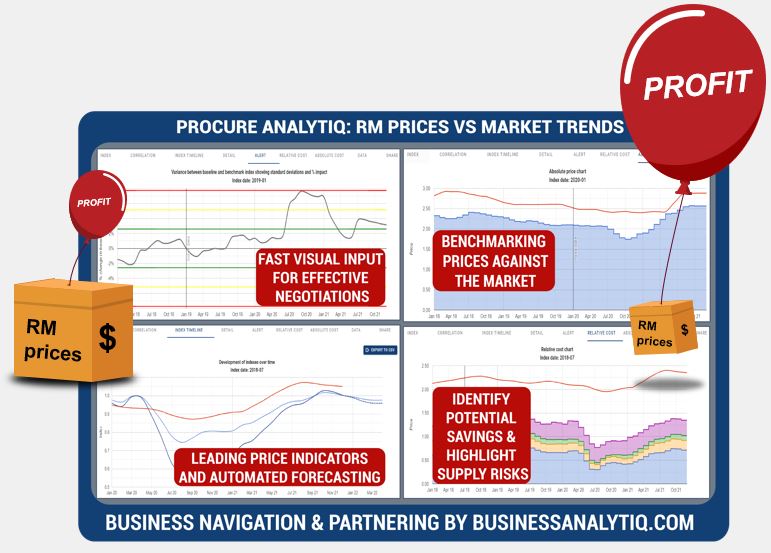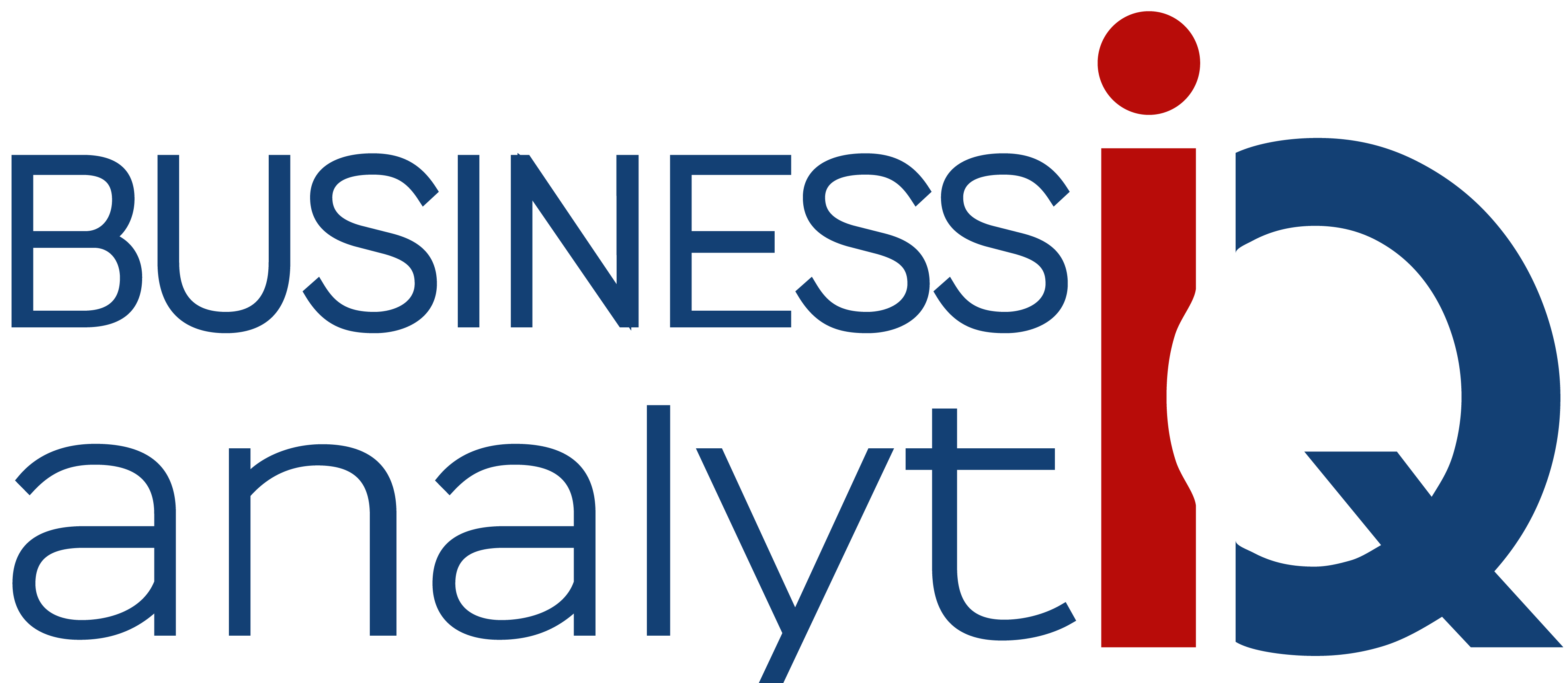Natural Rubber price April 2024 and outlook (see chart below)
- Global:US$2.12/KG, 6.5% up
- North America:US$1.97/KG, 2.1% up
- Europe:US$2.37/KG, 5.3% up
- Africa:US$1.69/KG, 7% up
- Northeast Asia:US$2.1/KG, 5% up
- Southeast Asia:US$2.02/KG, 4.7% up
- Indonesia:US$1.66/KG, 3.1% up
- Malaysia:US$2.44/KG, 7% up
- Thailand:US$1.93/KG, 7.2% up
Business Analytiq assumes no responsibility or liability for any errors or omissions in the content of this site. The information contained in this site is provided on an “as is” basis with no guarantees of completeness, accuracy, usefulness, or timeliness.
Natural rubber price index
This post is a summary of the Natural Rubber price developments. The price developments of Natural Rubber are expressed in US$ prices converted FX rates applicable at the time when the price was valid. Natural Rubber price index developments are calculated from multiple separate sources of data to ensure statistical accuracy.
The outlook for Natural Rubber prices, on the second tab, is generated from different inputs including:
- Very recent price developments of immediate cost drivers of Natural Rubber prices
- Recent price developments of underlying feedstocks which drive the price of Natural Rubber
- Market futures for both cost drives and feedstocks of Natural Rubber prices
- Adjustment of current supply/demand imbalances in the Natural Rubber market
- Longer term trends in likely demand conditions
Further information on the Natural rubber price index
Here is some additional information
What is Natural rubber
Natural rubber, also known as latex, is a polymer (a long chain of repeating chemical units) that is produced by certain plants, most notably the rubber tree (Hevea brasiliensis). It is a milky, white fluid that is collected from the tree by making a cut in the bark and allowing the latex to flow into a container. The latex is then processed to create raw rubber, which can be molded or shaped into various products.
Natural rubber has a number of unique properties that make it useful in a wide range of applications. It is highly elastic, which allows it to stretch and return to its original shape repeatedly. It is also resistant to water and wear, which makes it ideal for use in products that are exposed to the elements or subjected to wear and tear. Natural rubber is also resistant to electricity and has good insulation properties, which makes it useful in electrical products.
How is Natural rubber produced
The process of making raw rubber from latex involves several steps:
Collection
Latex is collected from rubber trees by making a cut in the bark and allowing the latex to flow into a container. The latex is then transported to a rubber processing facility.
Coagulation
To turn the latex into raw rubber, it must first be coagulated, or made to solidify. This is typically done by adding an acidic coagulant, such as formic acid or sulfuric acid, to the latex. The acid causes the proteins in the latex to coagulate, forming a solid mass of rubber.
Washing and drying
The coagulated rubber is then washed to remove any impurities and excess coagulant. It is then dried to remove the remaining water.
Grinding
The dried rubber is ground into small pieces, which are known as crumbs. The crumbs are then mixed with chemicals and other ingredients to create a uniform, consistent compound.
Compounding
The compound is heated and cooled to set it to the desired consistency and properties. It is then molded or shaped into the desired form using various techniques, such as extrusion, injection molding, or calendering.
Curing
The final step in the process of making raw rubber is curing, which involves exposing the rubber to heat and pressure to complete the chemical reactions that give it its final properties. After curing, the raw rubber is ready to be used in the production of various products.
What is Natural rubber used for
Natural rubber is used in a wide range of products, including:
Tires
Natural rubber is an important component of tires, providing the elasticity and durability needed to withstand the stresses of driving.
Rubber bands
Natural rubber is used to make rubber bands, which are used to hold items together or to keep them in place.
Adhesives
Natural rubber is used as an ingredient in adhesives, which are used to bond materials together.
Footwear
Natural rubber is used to make boots, shoes, and other types of footwear, providing the necessary waterproofing, insulation, and durability.
Medical products
Natural rubber is used in the production of gloves, catheters, and other medical products that require flexibility, elasticity, and resistance to wear and tear.
Conveyor belts
Natural rubber is used to make conveyor belts, which are used in manufacturing and transportation to move materials from one place to another.
Vibration isolation
Natural rubber is used in the construction of buildings and other structures to isolate vibrations and reduce noise.
Electrical insulation
Natural rubber is used in the production of electrical insulation materials, such as wire and cable jackets, due to its resistance to electricity and good insulation properties.
Further reading
- Wikipedia for general, history, production and usage information
- PubChem for chemistry and property information
Trade and market information about Natural Rubber
The global natural rubber market is a significant and growing industry. According to data from the International Rubber Study Group (IRSG), global natural rubber production in 2020 was estimated to be around 13.5 million metric tons. The majority of global natural rubber production comes from Southeast Asia, with Thailand, Indonesia, and Vietnam being the largest producers.
Natural rubber is used in a wide range of products, including tires, rubber bands, adhesives, footwear, medical products, conveyor belts, and electrical insulation materials. It plays a critical role in many industries, including transportation, manufacturing, construction, and healthcare. The demand for natural rubber is expected to continue to grow in the coming years, driven by factors such as population growth, urbanization, and the increasing use of rubber products in emerging economies.
According to https://oec.world/ :
Natural rubber latex are the world’s 1322nd most traded product.
In 2020, the top exporters of Natural rubber latex were Thailand ($1.29B), Vietnam ($206M), Guatemala ($65.1M), Malaysia ($49.7M), and Laos ($41.9M).
Business Analytiq
BE THE FIRST TO SEE RISK AND OPPORTUNITY!
BusinessAnalytiq provides unlimited market trend data and an online tools to track market developments, key benchmarks & leading indicators.
BusinessAnalytiq leads to price visibility, better negotiations, easier budgeting and forecasting, lower raw material prices, and improved better internal and external communication. BusinessAnalytiq will decrease risk and higher profit.

Where does the data come from?
- The source of the data are exclusively public non-confidential sources. We have no access to primary data
- This the index trend of the price trend of the "product category" in general, and not a single specification of the product in particular
- The data is a combination of contract and spot pricing
- Our algorithms are set up to eliminate significant product mix impact on the reported price
- We combine public publications, import/export records, trading prices, company announcements, magazine articles, tweets, and other sources of ad-hoc public information.
- The chart shows the our best approximation of the market trend based on our algorithm interpretation of the signals
- For most indexes we have multiple sources and we focus on using statistically-correlated sources
- As a function of our automation, it is likely that recent trends will be adjusted as we discover more information. So, for example, the price trend for February 2024 will be first calculated in February 2024 and adjusted in March, April and May 2024.
- We will update the data trend as more information becomes available, and this means that recent trends will always be adjusted as we get more data available
- The algorithm will regularly revise our understanding of market trends, and indicated market trends may change
- The data is presented in US$. The UOM of measure is shown in the Index list table
- Our automated software and we do our best to create an accurate representation of the trend
Where does the data NOT come from?
- We do not purchase data from any other source and republish it.
- We will not purchase data from any other source and republish it
- We do not extrapolate trends, even for the forecast. We look for other market signals and leading indicators
What data should our company use?
- If you are making decisions driving significant share of profit, we always recommend that you buy data from the companies who invest in direct primary market access such as ICIS, amongst many others
- Our data, at best, represents an estimate of the market trend based on public information
- We have no direct access to the market, and we do not interview suppliers and customers
- Our automated analysis tools in the online software are set up to combine our data with other sources of data
- We do not recommend that you use our data for direct price mechanisms, as we may change and improve the data trends over time, including historical data
What does the quality indication in the main menu mean?
- Quality level A: Data is from a reliable and confirmed source
- Quality level B: Data is from multiple credible sources and there are no major statistical inconsistencies between them
- Quality level C: Data is from multiple credible sources and there are some statistical inconsistencies between them
- Quality level D: Data is from a single credible source, but we cannot verify the data
- Quality level E: Data is either:
- From a single source, which we consider reliable, but we cannot verify the data.
- From 2 or more sources which have some periods of contradicting trends.
- Quality level F: Data is from a single source which we consider indicatively correct, but the data is anecdotal and we cannot verify the data.
What are the disclaimers?
- We assume no responsibility or liability for any errors or omissions in the content of this site.
- The information is provided on an “as is” basis with no guarantee of completeness, accuracy, usefulness, fitness for purpose or timeliness.
- By their nature, outlooks are always uncertain
How often do we update the data?
- We aim to update the data series on the 9th and 24th of each month (but we do not always make it for each chart)
- The data for the current month and recent history are fine-tuned over time.
What are we doing to improve the data?
- We are continually improving our data collection and processing methods
- Pricing data will be updated from time to time as we improve the accuracy
- We are reviewing all data sources in the first half of 2024.
- There will be continuous fine-tuning of the trend and forecast algorithm as part of that.
- The key focus in 2024 is to add many additional indexes
How can i give feedback on the data or request for new indexes
- Feel free to contact us if you have a specific request. You can reach us via the Contact us page

